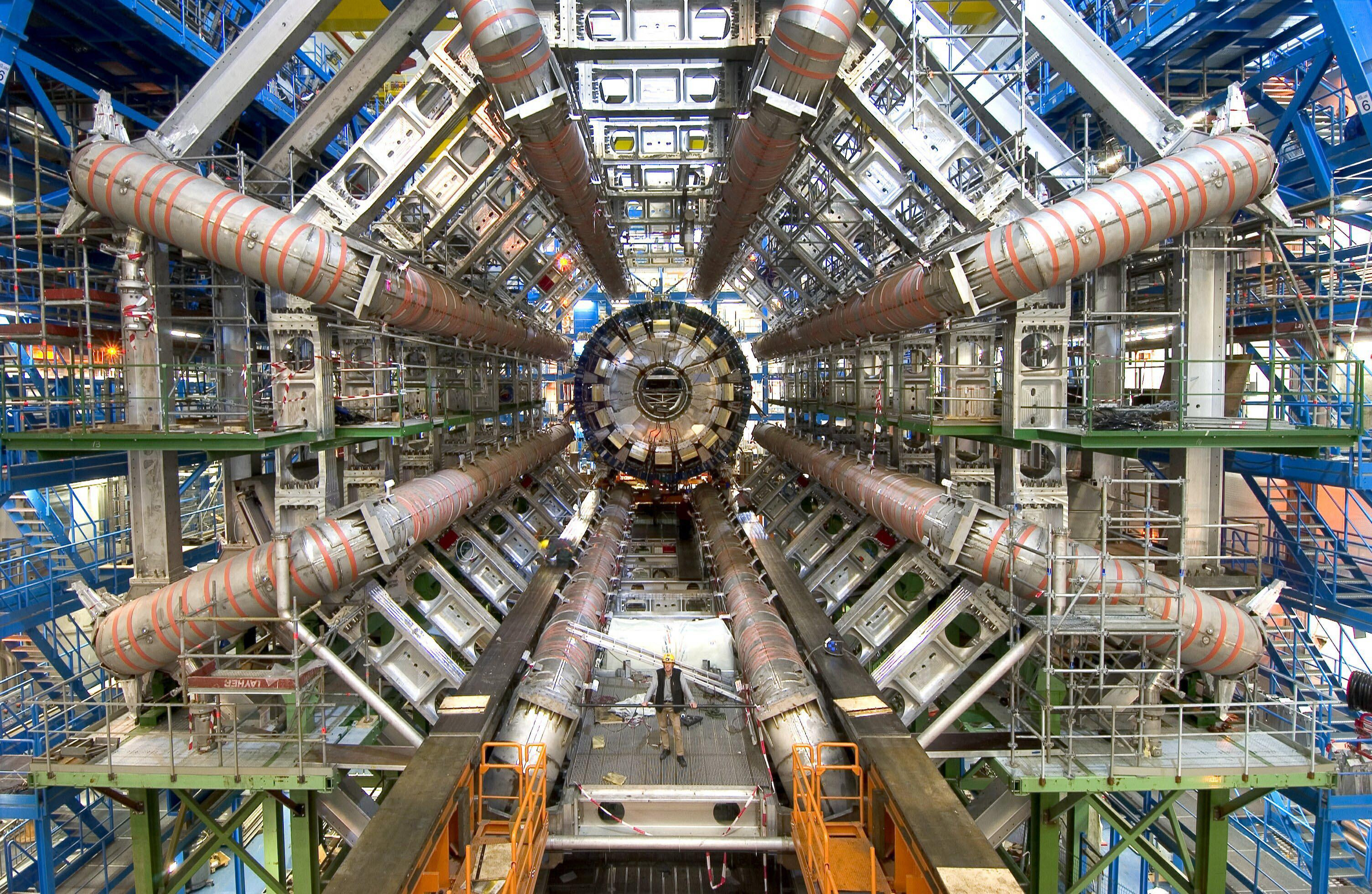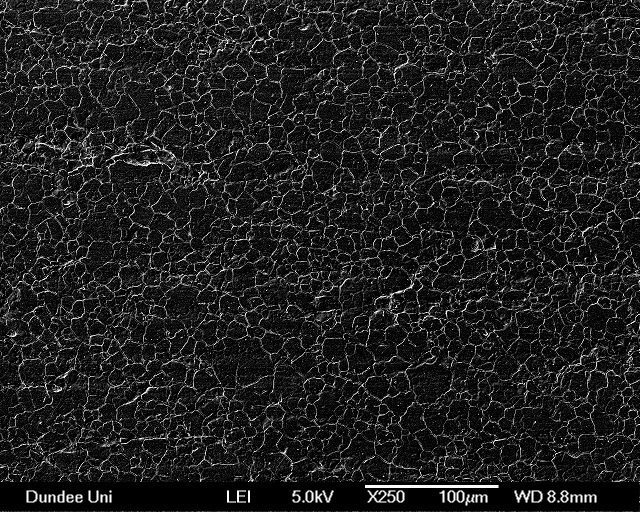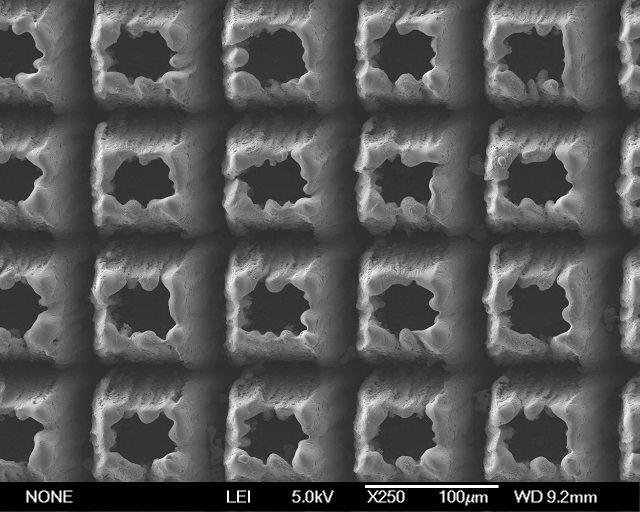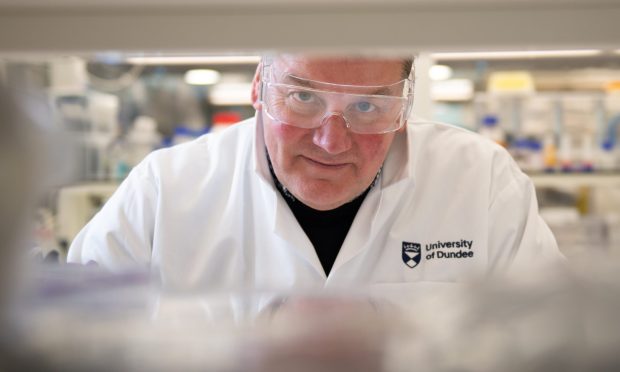Laser technology developed by Dundee University could improve the performance of the Large Hadron Collider at CERN and help unlock the secrets of the universe.
The university has worked with the Science and Technology Facilities Council to develop technology that uses lasers to modify the surfaces of metals.
Known as LESS (Laser Engineered Surface Structures), Dundee University and STFC have entered into a partnership with CERN to use the technology to clear the “electron cloud” that develops in the Large Hadron Collider.
Removing this electron cloud will expand the range of experiments that the LHC, the world’s largest particle collider, can carry out.
The 27-kilometre long LHC in Switzerland is used to smash particles at close to the speed of light.
Scientists can study these subatomic collisions that occurred in the wake of the Big Bang and learn more about the fundamental structure of the universe.
Professor Amin Abdolvand, chair of functional materials and photonics at Dundee University said: “Large particle accelerators such as the Large Hadron Collider suffer from a fundamental limitation known as the ‘electron cloud’.
“This cloud of negative particles under certain conditions may degrade the performance of the primary proton beams that circulate in the accelerator, which is central to its core experiments.
“Current efforts to limit these effects involve applying composite metal or amorphous carbon coatings to the inner surfaces of the LHC vacuum chambers. These are expensive and time consuming processes that are implemented under vacuum.”
CERN wants to upgrade the collider from 2019 and believes the LESS method could be used to eradicate the electron cloud.
Professor Lucio Rossi, project leader of the High Luminosity LHC, said: “If successful, this method will allow us to remove fundamental limitations of the LHC and reach the parameters which are needed for the high luminosity upgrade in an easier and less expensive way.
“This will boost the experimental program by increasing the number of collisions in the LHC by a factor over the present machine configuration.”
Michael Benedikt, head of the future circular collider study at CERN, said: “The LESS solution could be easily integrated in the design of future high-intensity proton accelerators; the method is scalable from small samples to kilometre-long beam lines.”











